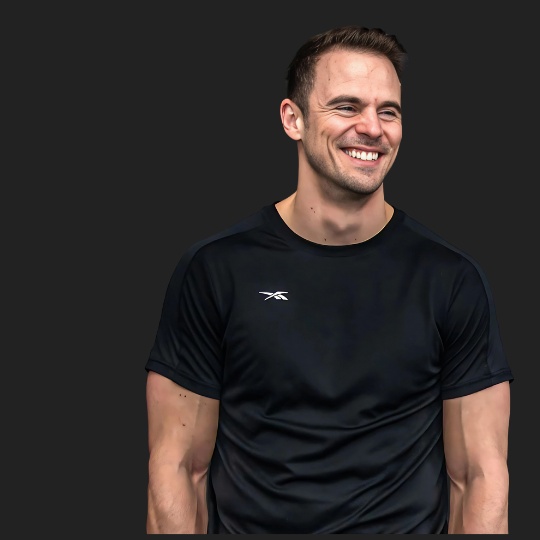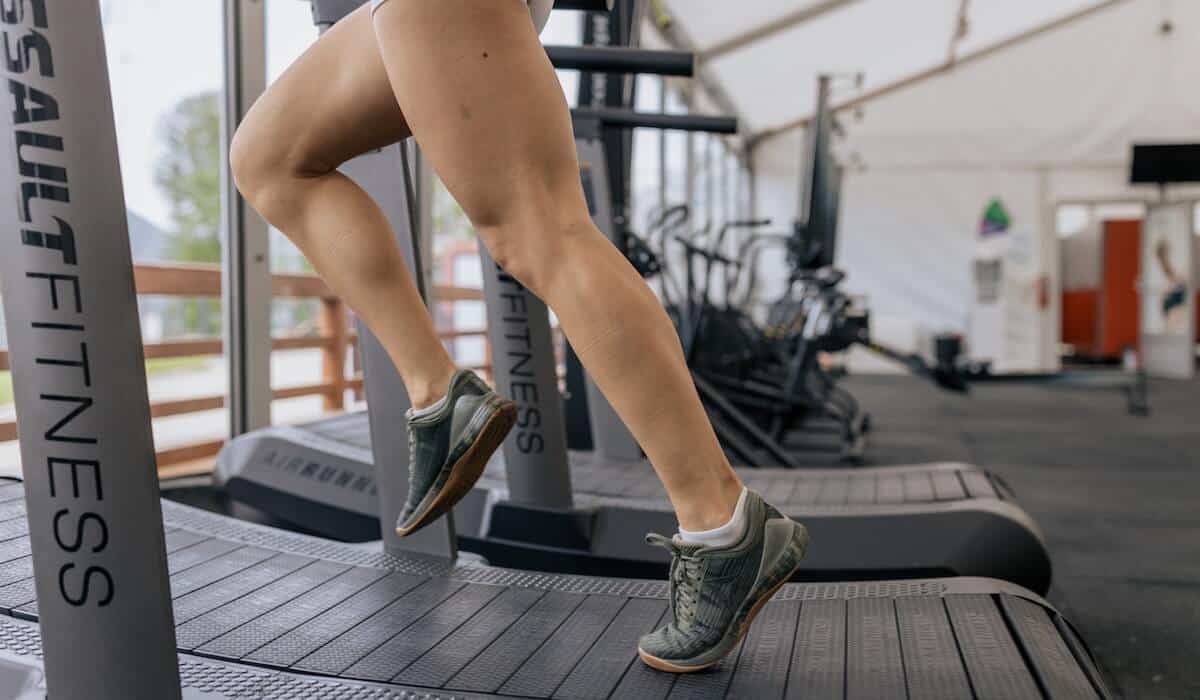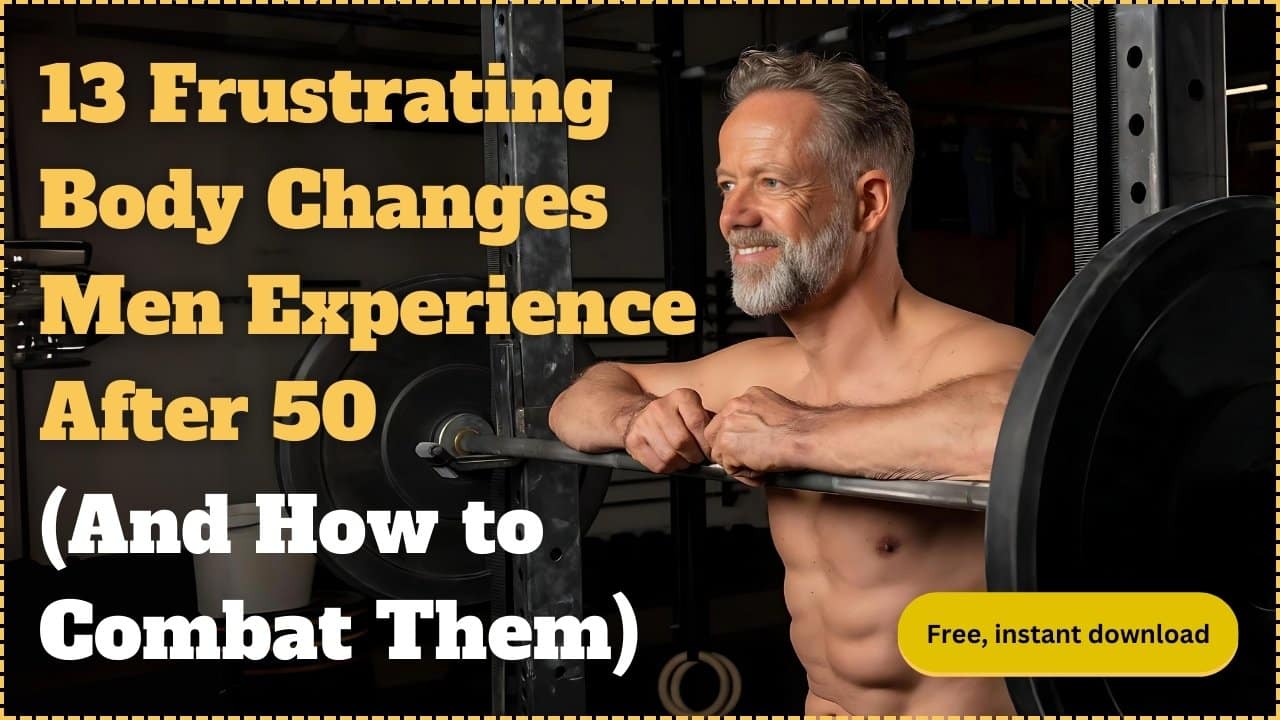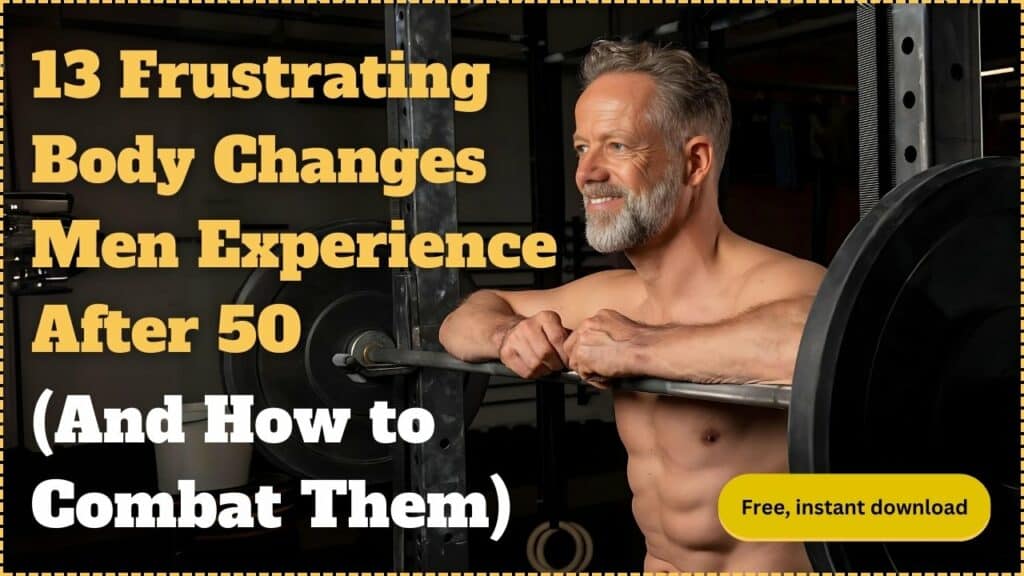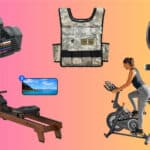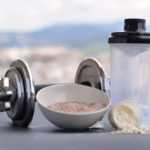The treadmill is one of the most famous cardio machines on the market. They are easy to use, practical, and intuitive. People of all ages and fitness levels use them for many purposes; cardiovascular health, bone health, and aerobic exercises.
But what are the major muscles that the treadmill works on? Does it work the entire body? Can you build better-toned muscles just with a treadmill? Let’s dive in!
Jump to:
Heart
In case many of you didn’t know, the heart is a muscle! It’s called the myocardium, and it’s so unique that it cannot be found anywhere else in the body. It also has three layers: endocardium, myocardium, and pericardium.
The heart muscles are responsible for the contractile forces needed to pump blood to the body.
The more you increase your heart rate during treadmill workouts, the more it contracts, thus keeping itself strong and responsive.
Aerobic exercises like those done on a treadmill are a terrific option to strengthen the cardiac muscle and improve heart health. It is important to oscillate between high heart rate (intensity) and low heart rate (recovery) workouts to benefit your heart.
Core
The core is an anatomical box that consists of several abdominal muscles:
- Rectus abdominis
- Internal/External obliques
- Erector spinae
- Quadratus lumborum
- Iliac Psoas (also a hip flexor)
- Diaphragm
- Muscles of the pelvic floor
These core muscles work in synergy to stabilize the pelvis and trunk while walking, jogging, and running. They’re often called “stabilizer muscles,” meaning that with intense treadmill exercises, they work even harder to maintain a proper form and posture.

Hip Flexors
The primary hip flexors are the rectus femoris, iliacus, psoas, iliocapsularis, and sartorius muscles. As the name suggests, they’re responsible for flexing the hip, thus allowing actions like sitting, standing, walking, jogging, running, and jumping.
People with sedentary behaviors often find these muscles “tight” or “weak,” leading to hip and low-back pain. One of the common pains of someone new to jogging or running comes from the hip flexors muscles. Every time we step forward, we’re recruiting these muscles, so the treadmill is an excellent workout for strengthening the hip flexors (especially with an incline.)
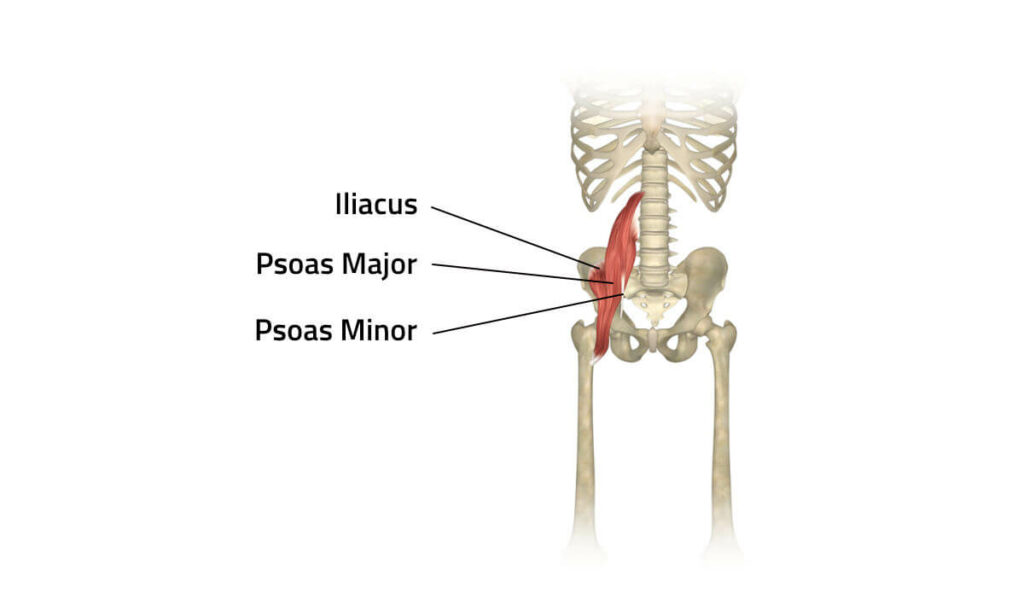
Glutes
The gluteal muscles stabilize and extend the hip during many activities. It is a three-part muscle group:
- Gluteus maximus
- Gluteus medius
- Gluteus minimus
Each one plays a role in externally rotating the leg, extending the hip, and controlling the pelvis during walking, running, and jumping activities.
Using a treadmill incline, you can recruit a solid amount of these glute muscle fibers by focusing on a complete hip extension on every stride. However, any treadmill cardio workout will target these muscles the right way!

Quadriceps
Having a toned pair of quadriceps is a dream for many people, and with reason. There’s nothing like wearing shorts or a dress with the ultimate confidence. The quadriceps muscles are the primary knee extensors and a secondary hip flexor. As the name suggests, it’s a four-muscle group:
- Vastus medialis
- Vastus lateralis
- Vastus intermedius
- Rectus femoris
Every time we walk, jog, jump, and run, we find the engagement of quadricep muscles. Using the treadmill on a flat will do wonders for these muscles, and even more, if we increase the intensity as we go. Setting the treadmill incline will also target these muscles since it will resemble a hike or an uphill.
But nothing comes close to using a declined treadmill while walking or jogging backward. This will skyrocket muscle engagement because there’s more knee extension involved.
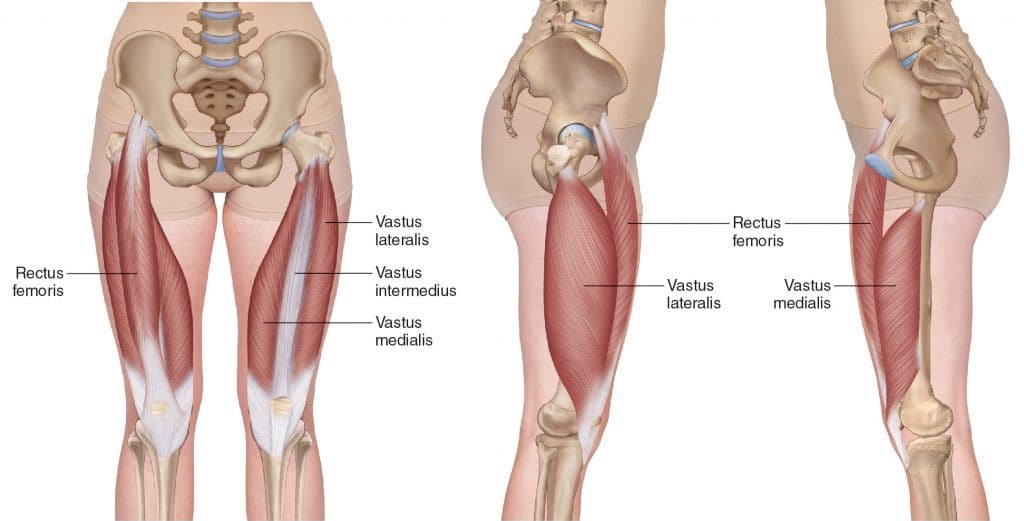
Source: Dr. Joe Muscolino
Hamstrings
The hamstring muscles are located in the back of the thighs. They are responsible for flexing the knee and extending the hip. They are 3-part muscle groups:
- Biceps femoris (long and short head)
- Semimembranosus
- Semitendinosus
These leg muscles are often undertrained, hence prone to injury. They play a role in your gait mechanics, running, squatting, and even your daily posture. Using the treadmill with a slight incline to build muscle mass and develop strong hamstrings will secure an effective workout.
Also, we recommend (fully) extending the knee in every step to create more tension during the subsequent knee flexion. Training the muscles in their full range of motion will increase muscle recruitment, thus increasing strength and size.
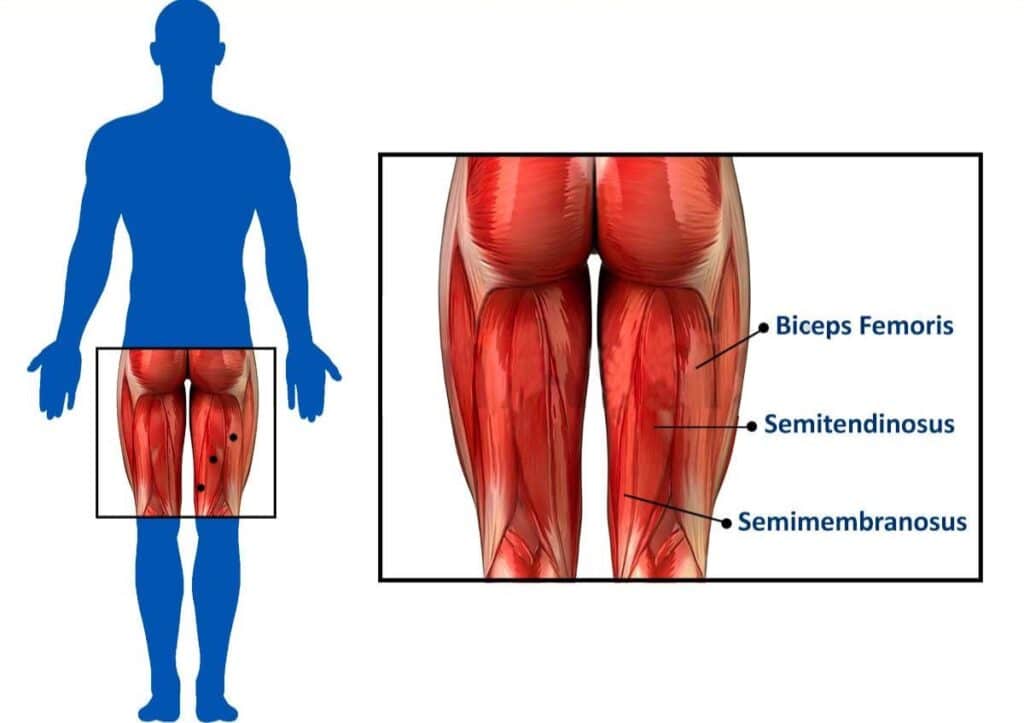
Calves
Say goodbye to the chicken legs with treadmill workouts. Notice how most runners, jumpers, and even long-distance walkers develop big and lean calf muscles. The calf muscles are a two-group muscle consisting of:
- Gastrocnemius
- Soleus
They are responsible for plantar flexion and knee flexion. Without calve muscles, we couldn’t walk, jog, run, or even jump. Although calves’ size and form have a strong genetic component, running and walking with a slight treadmill incline will push them to grow. It’s a matter of being consistent and patient.
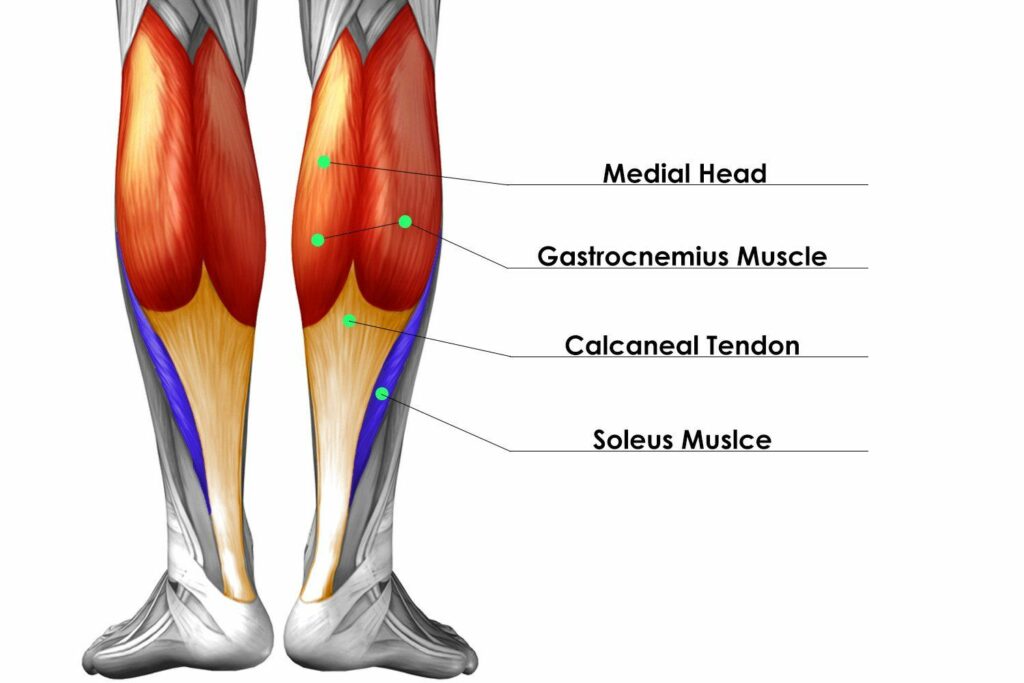
Does a treadmill give you muscles?
Yes, they do. Especially lower-body muscles! Daily treadmill workouts will push your leg muscles to adapt and grow.
Is treadmill a full body workout?
Although you could turn it into a full-body workout using wrist weights, there are other options for many people.
How many times a week can I use a treadmill?
You could use it every day. However, depending on the intensity of your workouts, we recommend at least one full day of rest between sessions.

